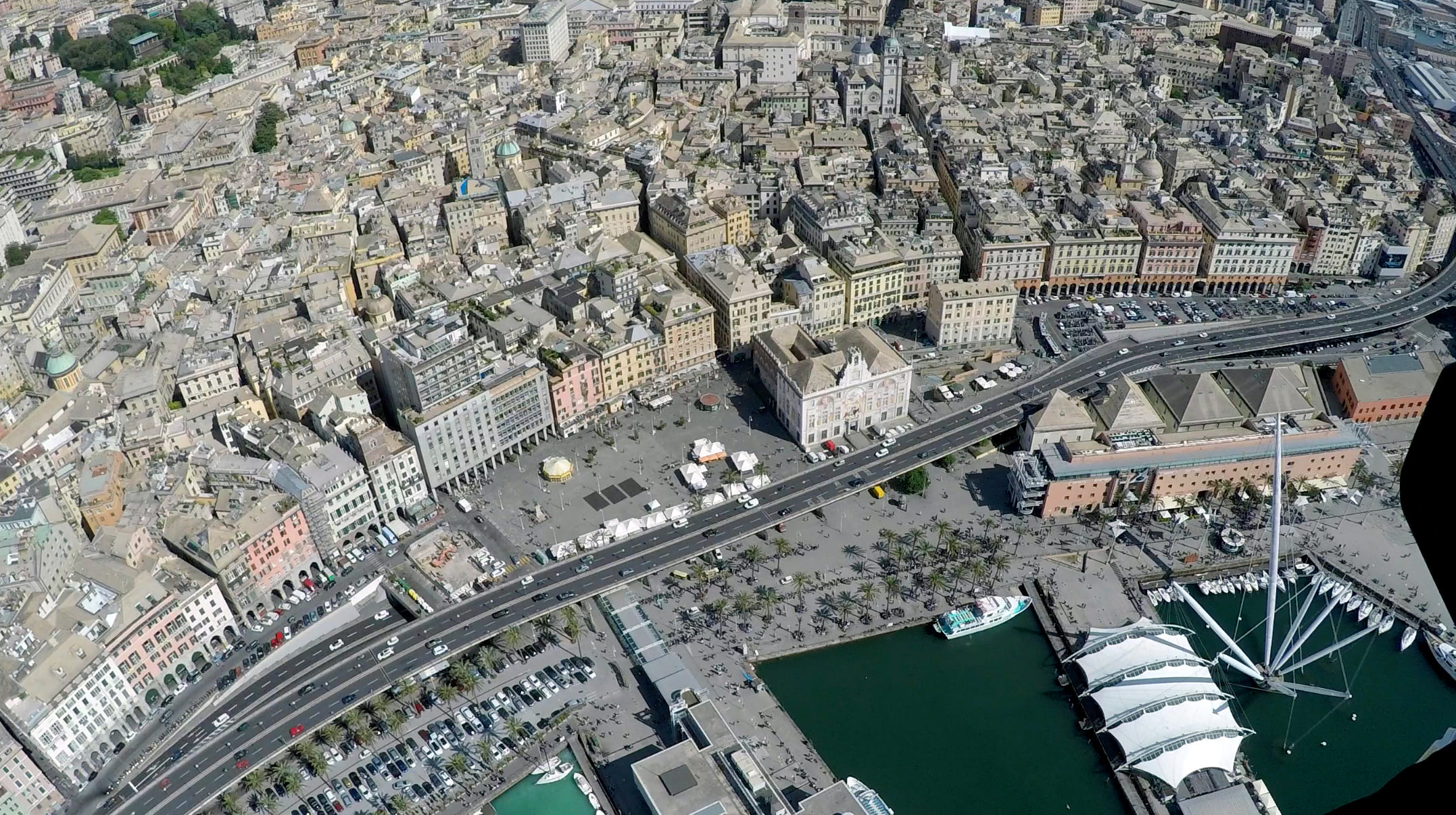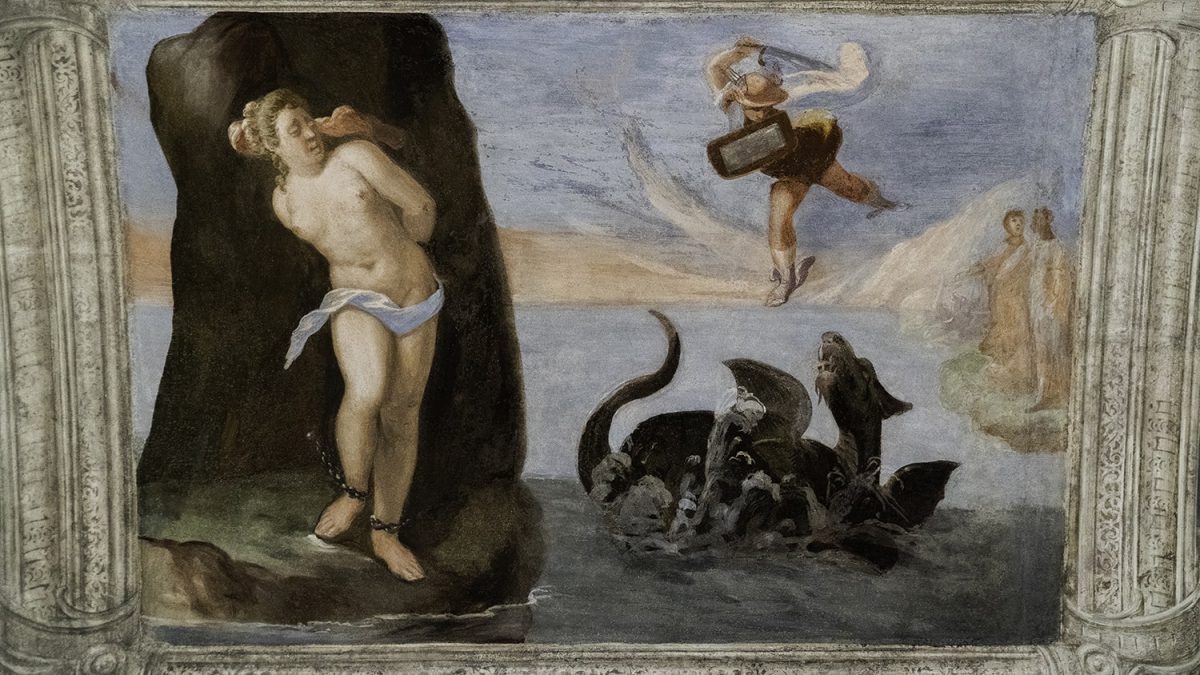The project was financed with funds from Law no. 77 of 20 February 2006, "Special measures for the protection and enjoyment of Italian sites of cultural, landscape and environmental interest, included in the "World Heritage List", under the protection of UNESCO".
Cultural background to the ROLLINDAGANDO project
The understanding of the complexity of the historic centre, its systematic study, and the monitoring of its transformations represent a need that has been felt in Genoa for some time, to which various research projects have attempted to respond.
Starting in the 1970s, with the Municipal Life Commission for the Historic Centre directed by Giovanni Romano, an initial cataloguing of the buildings in the historic centre within the 12th-century city walls was carried out; then, in the 1980s, with the Studio Organico d'Insieme and the subsequent research entitled Verso Genova Medievale, a campaign of surveys and graphic and photographic documentation of numerous palazzi was carried out. The picture returned by these first studies, limited to the analysis of medieval Genoa and still influenced by the search for historical-monumental values, had the merit of forming, especially within the Faculty of Architecture at the time, a "culture of the city" on which the following and more important experiences were based.
The Columbus Celebrations in 1992, which brought Genoa to national and international attention, the appointment in 1993 of Ennio Poleggi, then professor at the Faculty of Architecture, as Municipal Councillor for the Old Town, and the revision of the Master Plan for the Old Town, led to the launch of systematic studies extended to the whole of the "old town", with a view to identifying guidelines for a reasonable transformation that would respect its characteristics and the residential quality of the buildings. The synergy between the Municipality and the Faculty of Architecture resulted in the development of the CIVIS programme (Criteria to Improve and Vitalize Inner city-Settlemets) which, through a survey system based on the cross-referencing of cartographic and documentary data, surveys and accurate inspections carried out on all the buildings within the 12th century walls, set itself the ambitious goal of sustainable development of this part of the city. CIVIS, co-financed by the European Community within the framework of the LIFE programme, was divided into two distinct projects from 1992: CIVIS Ambiente for the creation of a territorial information system and CIVIS Sistema which, through the establishment of a permanent observatory, was then to take charge of managing the data collected and monitoring the transformations taking place. The work of collecting data and systematising them in a queryable relational database was carried out, through the Cultural Mapping of the Old City, under the guidance of professors Ennio Poleggi, Tiziano Mannoni and Andrea Buti. The stratified reality of the historical built environment was surveyed, studied and returned by means of thematic and inventory maps aimed at representing the ways in which buildings were transformed over time, characterising the materials and assessing their results in architectural production, the conditions of stability of the building and the characteristics of the phenomena of degradation. Thanks to the research carried out within CIVIS, not only was a first fundamental overview of the historic centre returned, in all its complexity and in its material and historic values, but the persistence of the system, previously recognised by Ennio Poleggi, of about one hundred and fifty palazzi included in five lists (the Rolli of the public lodgings) with which the Republic ordered private dwellings suitable for "state visits" was underlined. The system of the Palazzi dei Rolli was thus codified and paved the way for its nomination to the UNESCO World Heritage List in 2006.
The fundamental contribution of CIVIS was enriched in 2005 by the RestauroNET project, promoted and financed by the Municipality of Genoa, with which the cultural mapping was updated and integrated with data on the monitoring of restoration activities that were multiplying in the city, also on the basis of public funding (after the Columbus celebrations in 1992, in 2001 Genoa hosted the G8; in 2004 it was European Capital of Culture). RestauroNET, making changes to the CIVIS survey scheme, while maintaining a compatible approach for comparing the data collected during the two surveys, aimed to create syntheses, aggregating the elements of the built environment, which the Mapping had broken down and analysed in their reciprocal relations, into qualifying and characterising units. New data on deterioration and on restoration and maintenance interventions were also included, assuming the dynamism of building transformation as a central element in the understanding of the built environment and having, as an ultimate goal, the reading of the outcomes of administrative choices (public intervention programmes and private intervention dynamics).
The Rollindagando project (2020) is proposed as a new update of cultural mapping twenty-five years after its creation, following the path traced by RestauroNet for the detection of phenomena of degradation and maintenance and restoration interventions. The project, included in the new management plan of the UNESCO site 2020-24, was made possible thanks to funding obtained from the Municipality of Genoa (in accordance with Law no. 77 of 20 February 2006 "Special measures for the protection and enjoyment of Italian sites and elements of cultural, landscape and environmental interest, included in the "World Heritage List", under UNESCO protection") and was set up to survey both the UNESCO site, the object of study in the first phase of work, and the built-up area of the Buffer Zone, in view of a subsequent planned extension of the update.
The aim is to monitor the transformations of the old town in the last twenty years, giving a picture of the current state, through the reading of the structural, material, superficial and use aspects of the building.
Survey (14 Mb pdf) Material data sheets (5 Mb pdf) Survey (22 Mb epub) Material data sheets (5 Mb epub)




